CENTERVILLE – Vibrant stained glass, fresco-like wall-length paintings and intricate mosaics surround the nave, the main worshipping area of St. George Greek Orthodox Church in Centerville, one of the only churches of its kind in the region. Visitors can’t fail to be impressed by the sumptuous beauty of the colors, the golden halos and deep blue robes of the apostles, the ornate ceiling mosaic and arches on top of arches of stained glass.
Just don’t call it artwork.
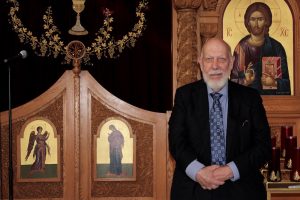
Chris Alex, a longtime parisioner at St. George Greek Orthodox Church in Centerville, has studied the iconography in the church.
That is according to Chris Alex, a member of the church who calls himself “self-taught” on the subject of the elaborate iconography at St. George Greek Orthodox Church in Centerville.
The longtime parishioner can explain the “why” behind the various depictions of biblical stories on the walls and ceiling of the church. Those stories are succinctly told using representations and symbolism.
But, Alex cautioned, don’t call it artwork. This is religious iconography, plain and simple, meant to help explain the meaning and stories behind the religion, the Christian faith. It is not decoration; it is not art.
The St. George interior is also notable for its openness, another Byzantine influence. Alex explained the lack of pillars is made possible by the dome construction.
There is also the wall of icons separating the sanctuary and nave at the front of the church, an elaborate gilded display that Alex said can reach four stories high in certain Russian Orthodox churches.
And if you don’t know the name of the church you are in? Easy. Alex pointed out that in St. George as in all Orthodox churches, the second icon to the left of the center of the wall will be an icon of the saint that the church is named after—in this case, St. George with gold shield and sword, triumphing over the dragon.
The fresco-like paintings on either side of the nave feature images of apostles and saints, and above are depictions from the life of Christ. Alex pointed out the details on the line of apostles. Those halos around the heads of icons? Those signify saints. The ones without halos are apostles but not saints. And the ones carrying crosses? Those are saints that have been martyred.
Small details matter. There are no shadows on the icons because they are not supposed to depict the passage of time—they are timeless and stylized, Alex noted.
According to St. George history outlined on the church website, the first Greek Orthodox Church was founded in Hyannis in 1939. A groundbreaking ceremony for the current building on Route 28 in Centerville took place in 1979 with the official “opening of the church doors” in 1981. In 1991, the church got a new look, complete with new windows and Byzantine iconography.

St. George Greek Orthodox Church, with its unique Byzantine architecture, is on Route 28 in Centerville.
In 2005, renowned iconographers from Greece came to repaint and revitalize the “iconographic richness of the church.”
Going way back into religious history, Alex explained about the Iconoclastic Controversy in the 8th and 9th centuries when Emperor Leo III ordered all icons to be destroyed.
Then there was that famous friction between Rome and Constantinople, otherwise known as the Great Schism of 1054. That was when the Eastern and Western churches split. Rome and Constantinople both made claims to head the church.
And churches like St. George in Centerville have emerged out of that split, carrying on the Orthodox tradition to a congregation on Cape Cod that worships in the midst of impressive paintings, mosaics and stained glass. Just don’t call it artwork.



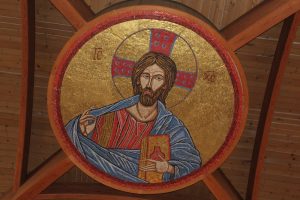


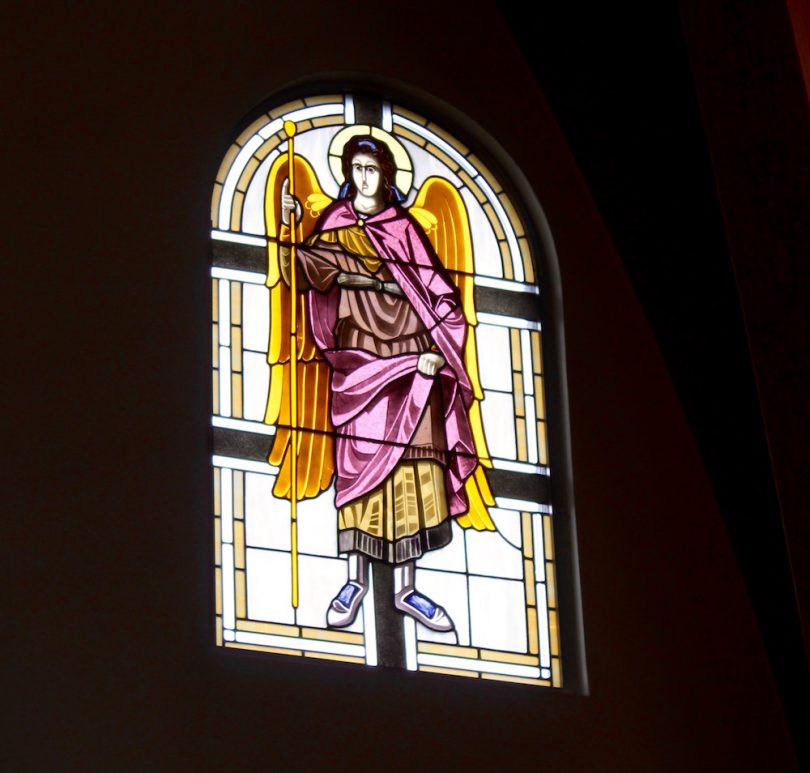
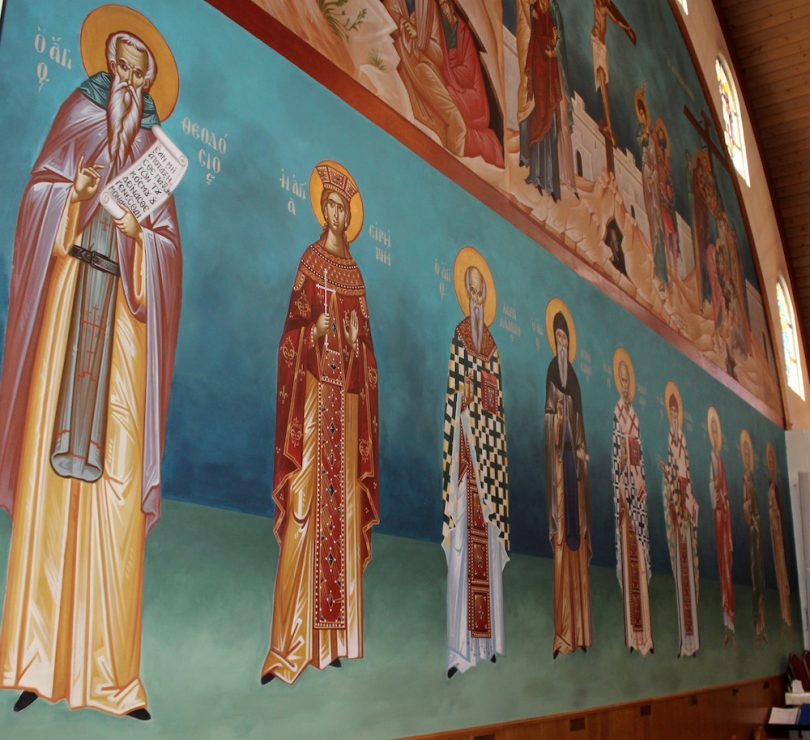
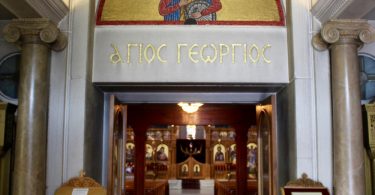
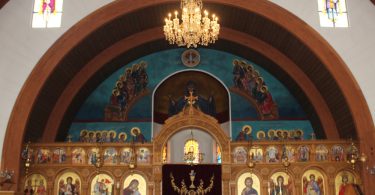
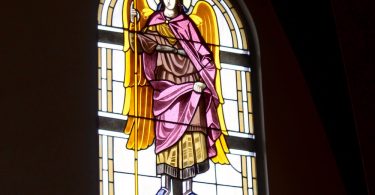
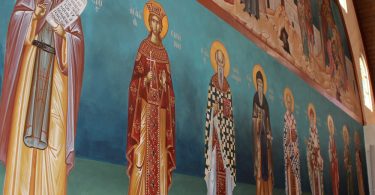
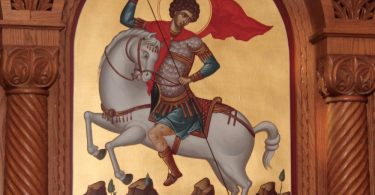


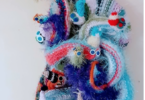






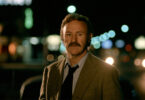

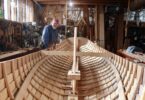
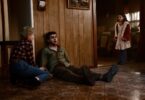




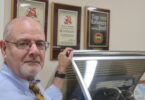


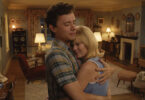
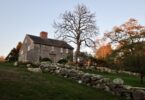
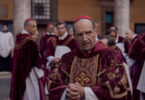



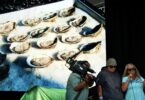



A trifecta of excellence: church, writing and photos!